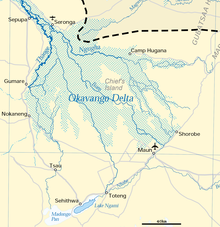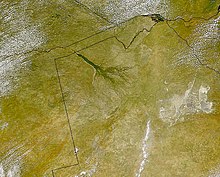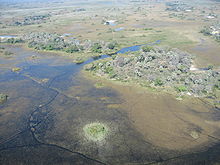So where has our 1966 Jaguar 3.8 ltr S type got to you may wonder?
( monday afternoon, 19th of May 2014) they are now at the Etosha Pan in Namibia, tommorrow is a lay day?
Now this is a heck of a long way from Cape Town and on day 17 they still have a long way to go before they return and through Namibia!
Roy
My thanks to Wikipedia for the information below.
Sunday, 18th May 2014, they have now crossed into Namibia and can be found in the Caprivi Strip town of Mukwe, thats quite some drive out of Botswana.
( monday afternoon, 19th of May 2014) they are now at the Etosha Pan in Namibia, tommorrow is a lay day?
Now this is a heck of a long way from Cape Town and on day 17 they still have a long way to go before they return and through Namibia!
Roy
My thanks to Wikipedia for the information below.
My last fill up of LRP (lead replacement petrol) was done in our village of Hout Bay and on the way to Cape Towns, Salt River to hand the car over, look where the car is now!
Sunday, 18th May 2014, they have now crossed into Namibia and can be found in the Caprivi Strip town of Mukwe, thats quite some drive out of Botswana.
From Wikipedia, the free encyclopedia
The Okavango Delta (or Okavango Grassland) in Botswana is a very large inland delta formed where the Okavango Riverreaches a tectonic trough in the central part of the endorheic basin of the Kalahari. All the water reaching the Delta is ultimately evaporated and transpired, and does not flow into any sea or ocean. Each year approximately 11 cubic kilometres of water spreads over the 6,000-15,000 km² area. Some flood-waters drain into Lake Ngami.[1] The Moremi Game Reserve, aNational Park, is on the eastern side of the Delta. This statistical significance helped the Okavango Delta secure a position as one of the Seven Natural Wonders of Africa, which were officially declared on February 11, 2013 in Arusha, Tanzania.[2]
The area was once part of Lake Makgadikgadi, an ancient lake that mostly dried up by the early Holocene. Although the Okavango Delta is widely believed to be the world's largest inland delta, it is not. In Africa alone there are two larger similar geological features: the Sudd on the Nile in South Sudan, and the Inner Niger Delta in Mali.[3]








No comments:
Post a Comment